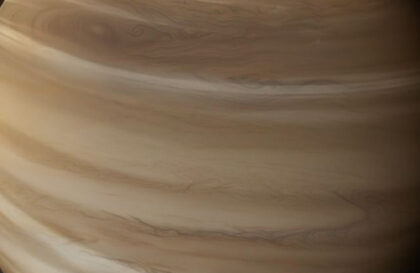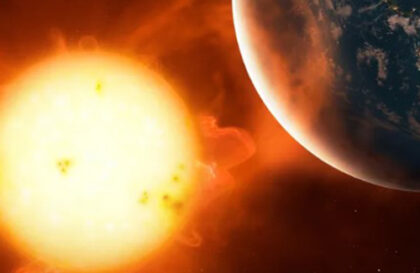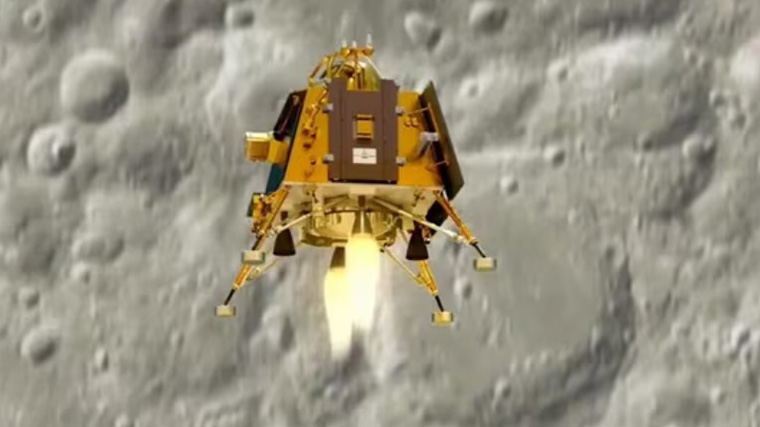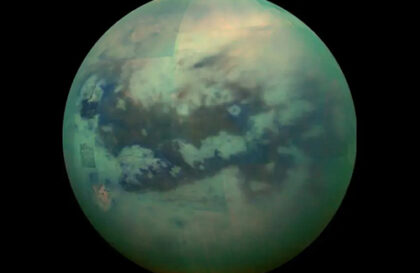On August 24, 2023, scientists announced the discovery of six new exoplanets, bringing the total to 5,502. This milestone comes more than 31 years after the first confirmation of the existence of exoplanets in 1992. From zero confirmation to over 5,500 exoplanets in just a few decades.
Six new exoplanets
These six new exoplanets are HD 36384 b, TOI-198 b, TOI-2095 b, TOI-2095 c, TOI-4860 b, and MWC 758 c.
HD 36384 b is a super Jupiter orbiting a huge giant star M. Its size is almost 40 times the size of our Sun.
This planet was discovered using the radial velocity method, which measures the “wobble” of distant stars caused by the gravitational pull of orbiting planets.
MWC 758 c is a giant protoplanet orbiting a very young star. This star still has a protoplanetary disk, which is a spinning disk of gas and dust that may surround a young star.
This planet was discovered using direct images.
Carving out spiral arms in the protoplanetary disk of its star has been discovered. It is one of the first exoplanets discovered in a system where the star has a protoplanetary disk.
All four TOI exoplanets are detected by the transit method, which detects exoplanets when they cross the surface of their stars in their orbit, causing the star to temporarily dim.
TOI-198 b is a potentially rocky planet orbiting at the innermost edge of the habitable zone around its star, the dwarf M.
TOI-2095 b and TOI-2095 c are large hot super-Earths orbiting in the same system around a common star, the dwarf M.
They are close enough to their star and are probably more like Venus than Earth.
TOI-4860 b is a Jupiter-sized gas giant, or “hot Jupiter”, orbiting the dwarf star M.
It rotates every 1.52 days, that is, it is very close to its star. Although such giant planets rarely orbit so close to stars like the Sun, they are even rarer around M-dwarf stars, as in this case.
Exoplanet search methods:
There are several methods for finding exoplanets:
Radial Velocity Method (Doppler Method): This method is based on measuring changes in the radial velocity of a star in response to its gravitational interaction with an exoplanet. As a planet orbits its star, it causes the star to move back and forth, which results in changes in the star’s light spectrum. These changes can be used to determine the mass and orbit of an exoplanet.
Transit method: This method consists of observing a star and looking for regular periodic eclipses of light caused by the passage of an exoplanet in front of its star. The nature of the eclipses can determine the size and orbit of the planet.
Gravitational Microlensing Method: This method uses the gravitational curvature of light from a background star as a lensing exoplanet passes between us and that star. This change in brightness can be used to determine the mass and presence of a planet.
Direct observation: This method involves direct observation of the planet using telescopes. It is most often used to study exoplanets that are quite far from their stars and have a large size.
Radio wave arrival and time method: This method studies the change in the arrival time of radio waves from a pulsar (neutron star) due to the gravitational influence of an exoplanet.
Astroseismology method: This method uses the study of features of the light of a star caused by fluctuations in its surface, which may indicate the presence of exoplanets.
Who is looking for exoplanets?
- NASA’s Transiting Exoplanet Exploration Satellite (TESS), launched in 2018, has identified thousands of exoplanet candidates and confirmed the presence of more than 320 planets.
- NASA’s Spitzer Space Telescope,
- The Hubble Space Telescope has more than 4,000 discovered exoplanets, 15 of them by direct observation.
- The James Webb Space Telescope just opened its account on January 11, 2023. He discovered his first exoplanet. This is LHS 475 b, a rocky terrestrial planet. It is relatively close, only 41 light years away, in the constellation Octane.
NASA’s Nancy Grace Roman Space Telescope is due to launch in May 2027. Roman will hold a technology demonstration called the Roman Coronograph. This coronagraph will work using a series of complex masks and mirrors to distort light from distant stars. By distorting this starlight, the instrument will detect and directly display hidden exoplanets.
Image credit:
https://i0.wp.com





